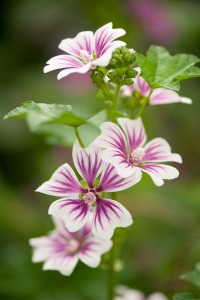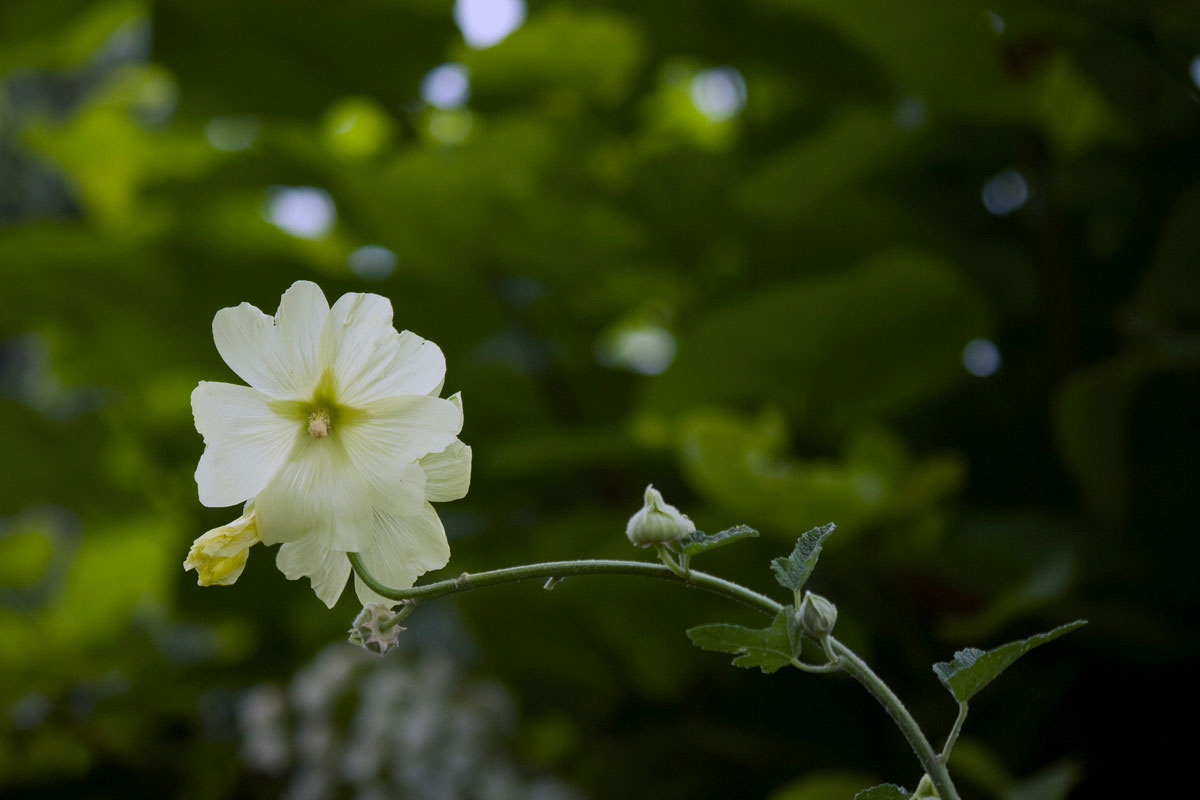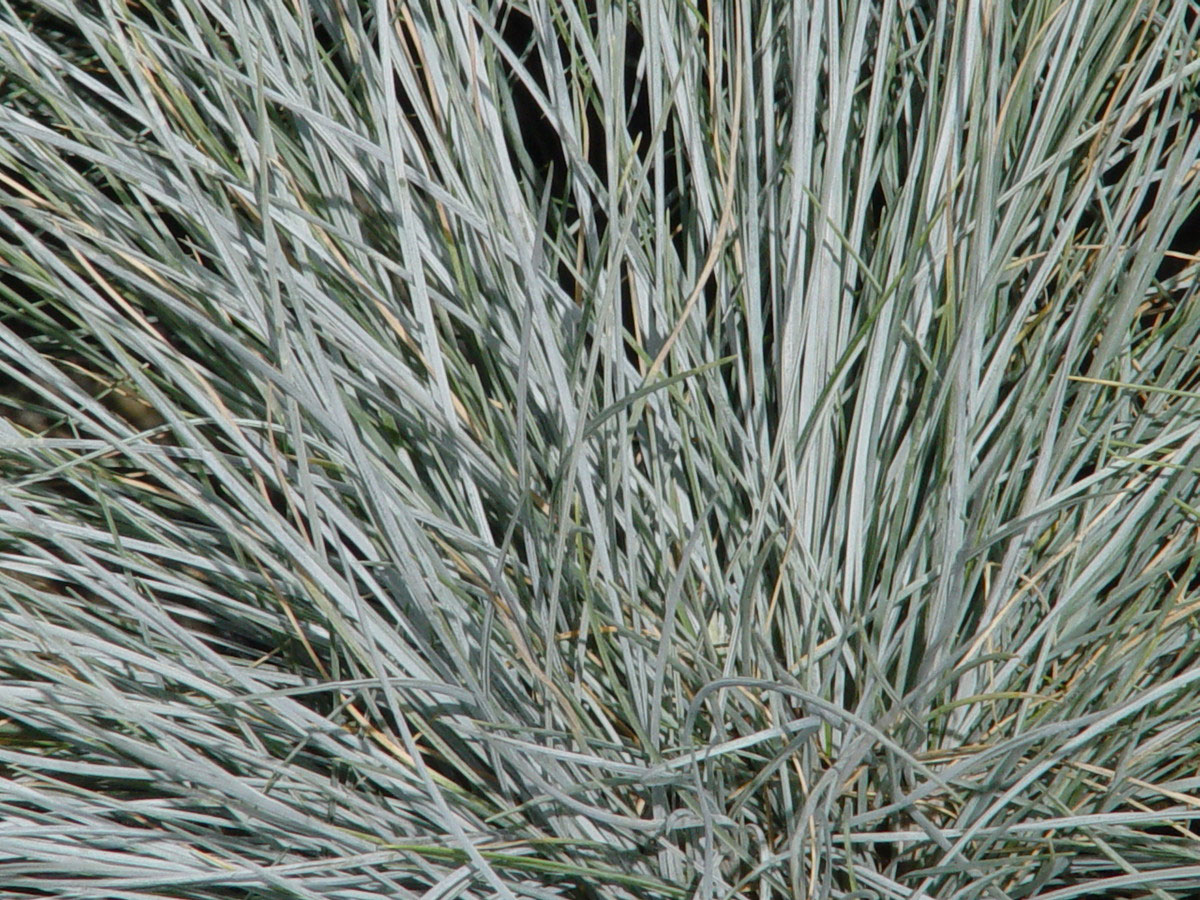A Commentary on New Plants: Profile of Kelly Norris
Posted in Horticulture on April 8 2015, by Sonia Uyterhoeven

Last month I took my annual winter sojourn up to New England Grows, a regional tradeshow for the Northeast. I was surprised and pleased to see a humorous theme either consciously or subconsciously woven into the educational programming, and I laughed my way through three enjoyable days of lectures as I learned what others were up to in the field of horticulture.
Another theme which I have been exploring over the course of the winter was an environmental or ecological theme. Many speakers celebrated the close relationship that horticulture has with conservation and ecology. As one speaker aptly put it, ‘we are finally putting the green back into the green industry’.
A theme that I would like to discuss today is new introductions. In one of the lectures, Kelly Norris, the Horticultural Manager for the new Greater Des Moines Botanical Garden, turned the topic of new introductions into a poignant commentary on our industry, our role as gardeners, and our relationship to plants. Norris presented a ‘partial manifesto’ for modern gardening and outlined potential paths for us to follow.
He began with the observation that gardening had degenerated into a disposable consumer culture. We arrive at the garden center in the fall to see rows and rows of nameless gumdrop-shaped mums. They flower profusely on our front patio for 3 weeks before they brown; at which point they are thrown in the compost pile or trash can – whichever one is closest. If you grew fond of the mum and liked its color, you will be hard-pressed to find it the following year. The reply 12 months anon will be that there is a ‘new and improved version’ in a slightly different hue, ‘that is all the rage this year’.
Kelly Norris spoke of gardening with a purpose. He urged us to pursue our calling with an eye towards people, plants, and passion. Our plants should have meaning and should thrive in our gardens, not just survive. He speculated what gardening would look like if it underwent the same metamorphosis that the food industry did over the past decade.

We are passionate about food these days. Cooking dinner is now cool. When we sit down at a restaurant we want to know where our food came from and how it was grown. We have built a new relationship with our dinner plates. The ever-expanding food industry is about excitement and innovation. It is imbued with our modern view of political correctness and this generation’s zeitgeist which encompasses health, relaxation, delight, and decadence.
Norris made a request that growers and hybridizers give thought to their new introductions. Is it just another pretty face that will be forgotten by the end of the season, or is there a purpose behind the new cultivar? He gave the example of blanket flowers (Gaillardia × grandiflora) that is a cross between a perennial (Gaillardia aristata) and an annual (Gaillardia pulchella). While the flowers are nice and large, some of the progeny get confused about which parent they should emulate and they don’t know if they should act like a perennial or an annual. New introductions which rely on perennial species as their parents often fare better as worthy additions to your garden.
For hollyhocks, rust is the biggest problem. By the middle of the season, the foliage is decimated, turning into an ugly brown mess. Hybridizers are working on creating hybrids that are rust-resistant. These cultivars are truly useful additions to an ever-expanding palette of plants.

In the world of grasses, there is a relatively new introduction of little bluestem (Schizachyrium scoparium) called ‘Standing Ovation’. It has received many cheer from gardeners across the country due to its ability to stand upright in fertile soil (it really doesn’t flop). For gardeners who suffer from humid summers, there is a new blue fescue on the market named Festuca × ‘Cool As Ice’. While most of its brethren need arid environments to thrive, this cultivar can handle heat and humidity and still look good.
Plants are the backbones of our garden and the sustenance of our craft. Norris admonished his audience for not placing a higher value on their industry’s bread and butter. Gardens are an expression of an individual. Plants should serve a unique and important purpose in every gardener’s life and not be a convenience of color and form.
Norris’s lecture left me curious for more histories of plants—their parentage, their natural habitats. I look forward to the day when I open up a catalog and it gives me information on provenance, habitat, and origin. Otherwise the hybrid may look good on paper, but I have no way of assessing whether it will perform well in my region of the country.

